50 little-known facts about Canadian universities
To mark Canada’s 150th, fifty fun facts about Canada’s campuses.
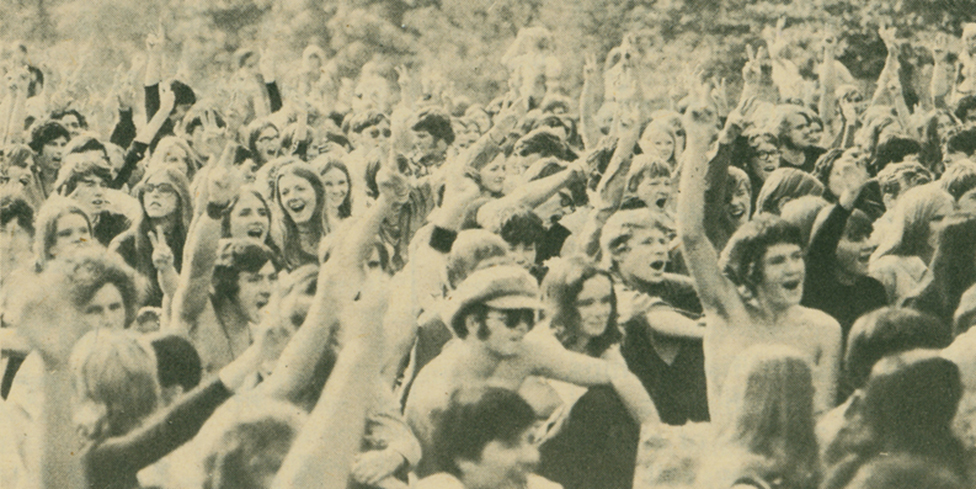
More from Features
-
Inside the life of an international student
Every day brings new adventures, challenges and opportunities for a student coming from abroad.
-
New coalition forms to advocate for art and design universities
It’s time to shine light on the impact of art and design schools, say presidents.
-
Solving the male enrolment puzzle
In Canada and around the world, young men are opting out of postsecondary education. What are the long-term effects of the gender imbalance on campus –– and what can we do about it?
-
The challenges facing Nova Scotia’s postsecondary institutions
Unexpected government policy changes have choked off revenues while rising costs threaten to topple painstakingly balanced budgets.
More from Campus news
-
Memorial med student makes art to assist classmates’ study
What started as a hobby is now helpful for both his degree and his fellow classmates.
-
UNBC prof developing toolkit to help women feel safe online
‘Digital rights is a very important form of gender equality.’
-
Laurier student’s art featured on a bus for Black History Month
The artist says her work’s impact is like a ripple in water.
-
Canada’s francophone universities: drivers of thriving communities
Despite challenges, Canadian universities in francophone minority settings actively contribute to their communities and the advancement of knowledge.
More from Feature articles
-
Why counting matters
‘Measuring gender equity is important in order to know whether you have made any progress. Otherwise, some people may feel progress has been made while others don’t experience it,’ asserts gender equity expert.
-
The long road to equity
Despite increased institutional commitment, experiences of men and women faculty differ starkly.
-
Taking stock: Multiple perspectives on pro-Palestinian protests
Activists and administrations from Halifax to Nanaimo review policies after this spring’s pro-Palestinian encampments.
-
Activists-in-residence enrich and test universities
New programs are emerging on campuses across the country, but finding funding for these positions is a challenge.


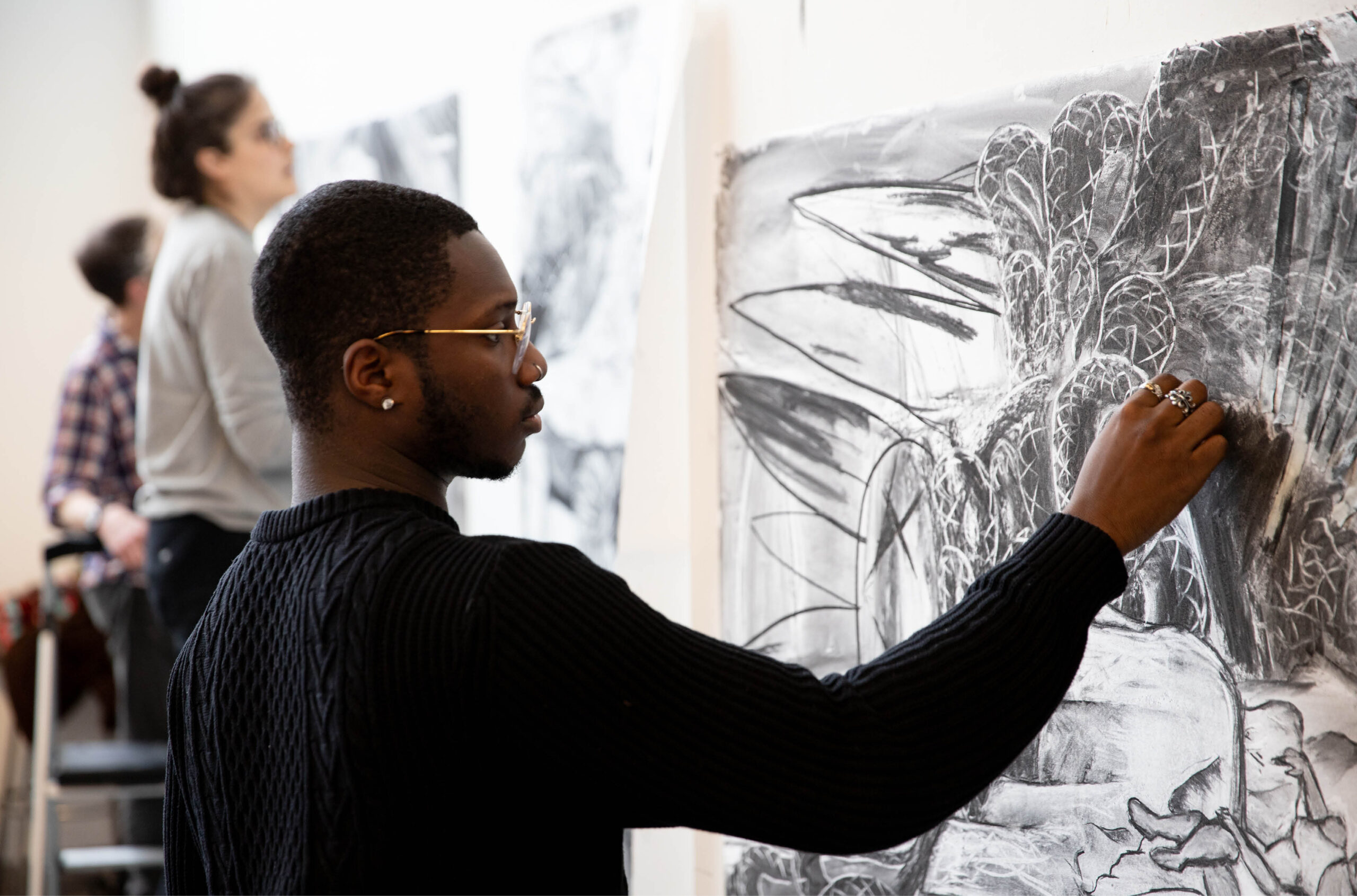

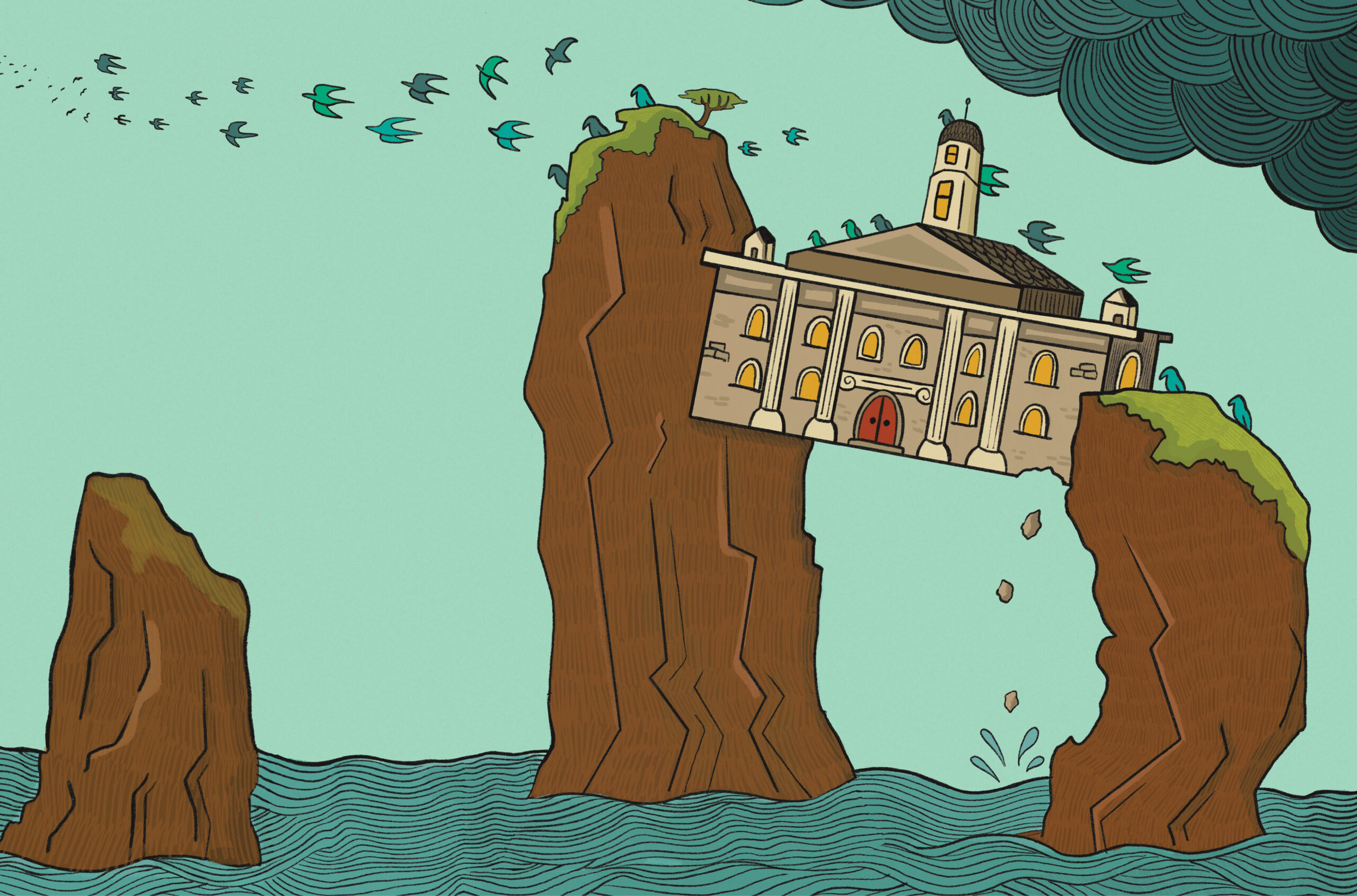
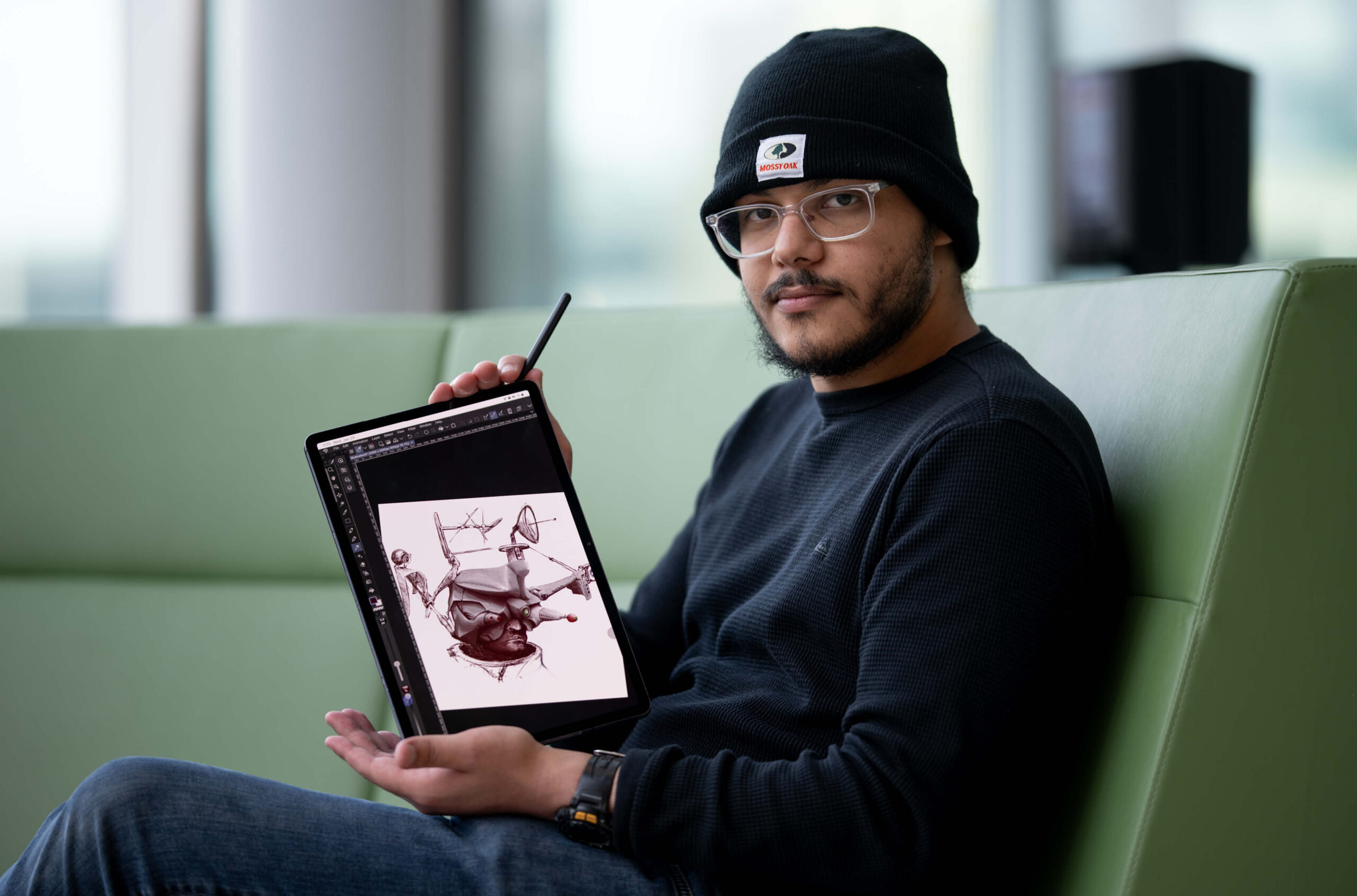


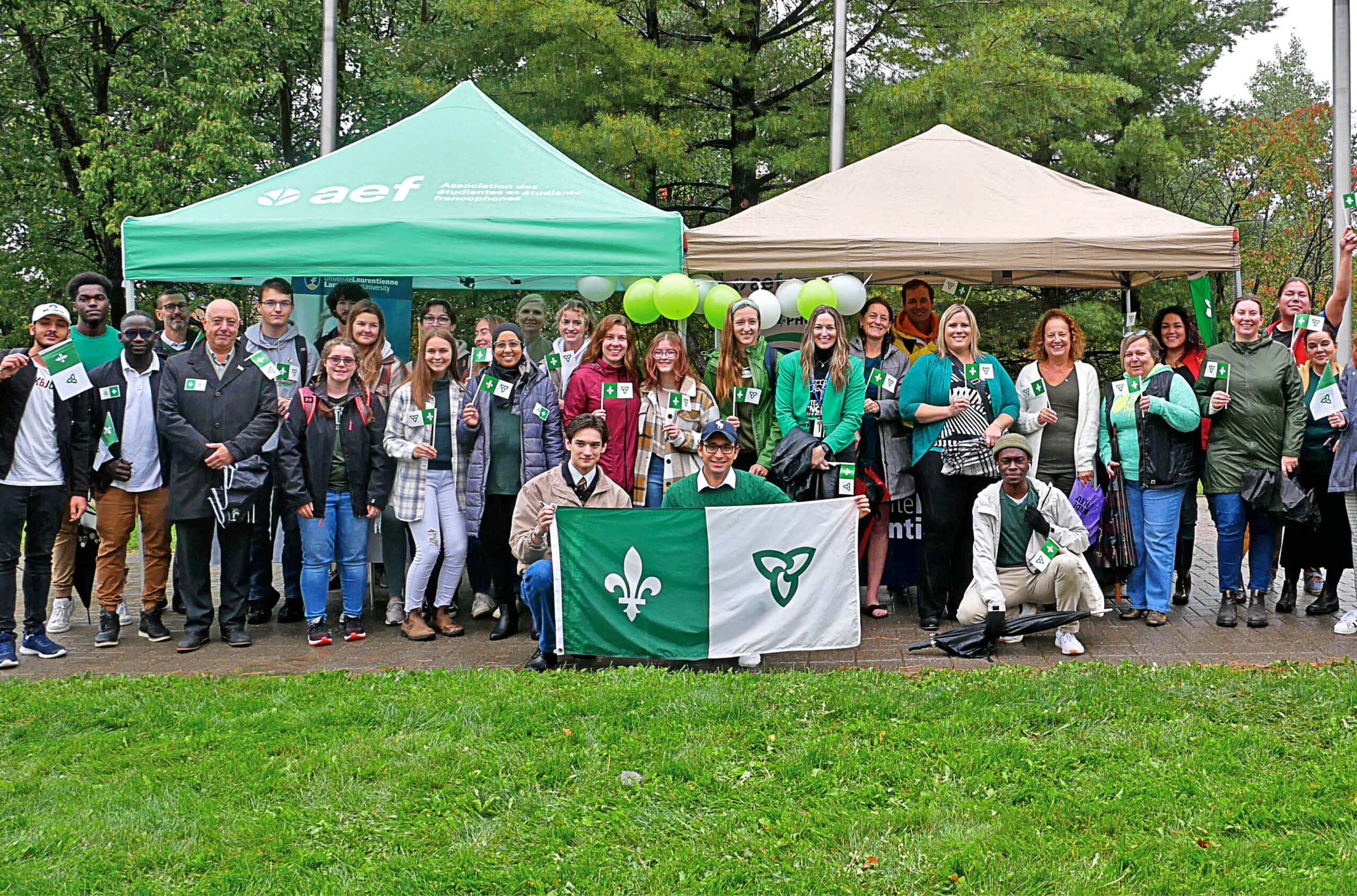



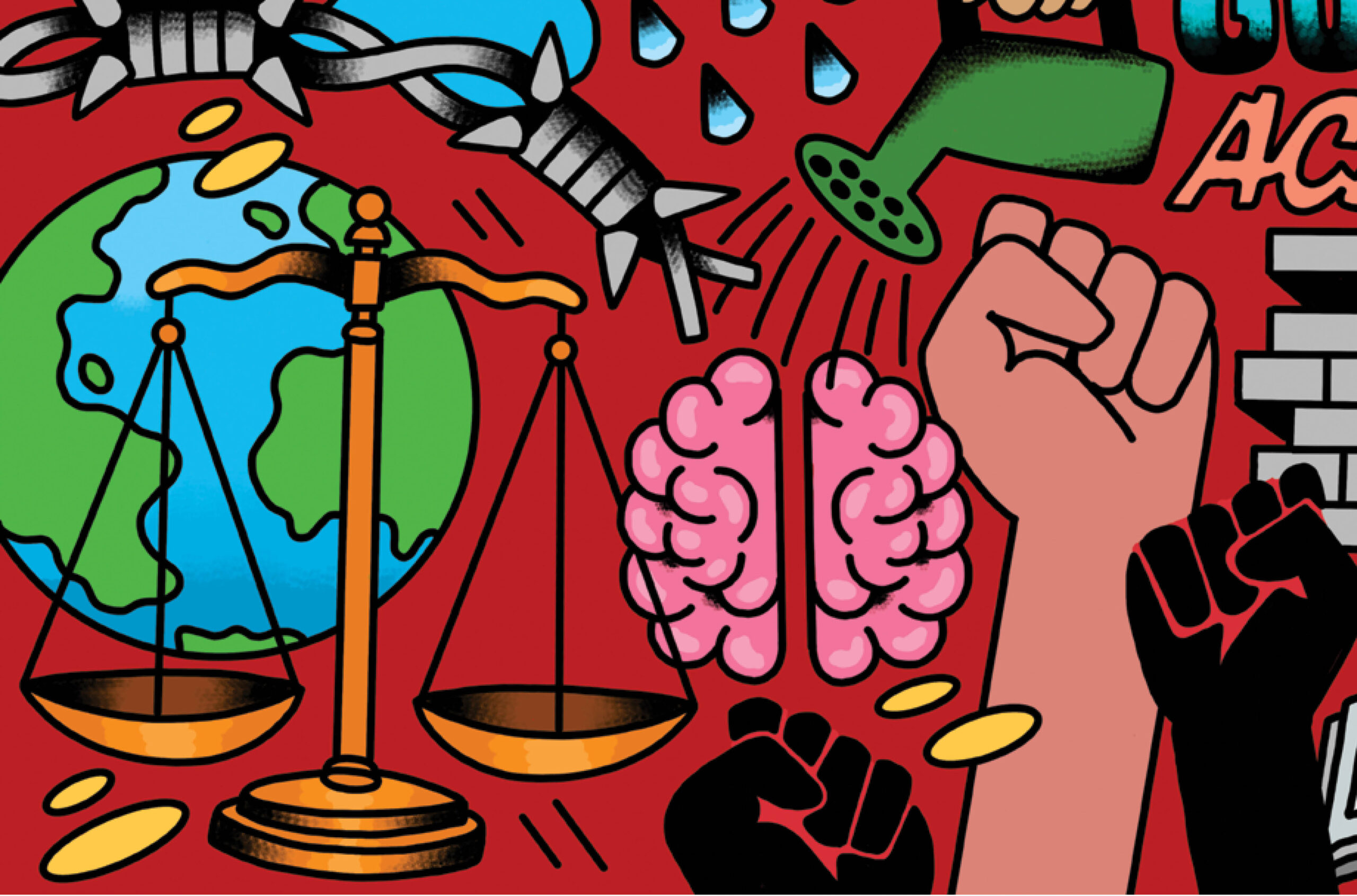
Post a comment
University Affairs moderates all comments according to the following guidelines. If approved, comments generally appear within one business day. We may republish particularly insightful remarks in our print edition or elsewhere.
1 Comments
I think the nuclear reactor on campus at McMaster is worth mentioning… not too many universities can claim to have one.
https://en.wikipedia.org/wiki/McMaster_Nuclear_Reactor
David Hooper
McMaster ’90
(BA Poli-Sci / History)